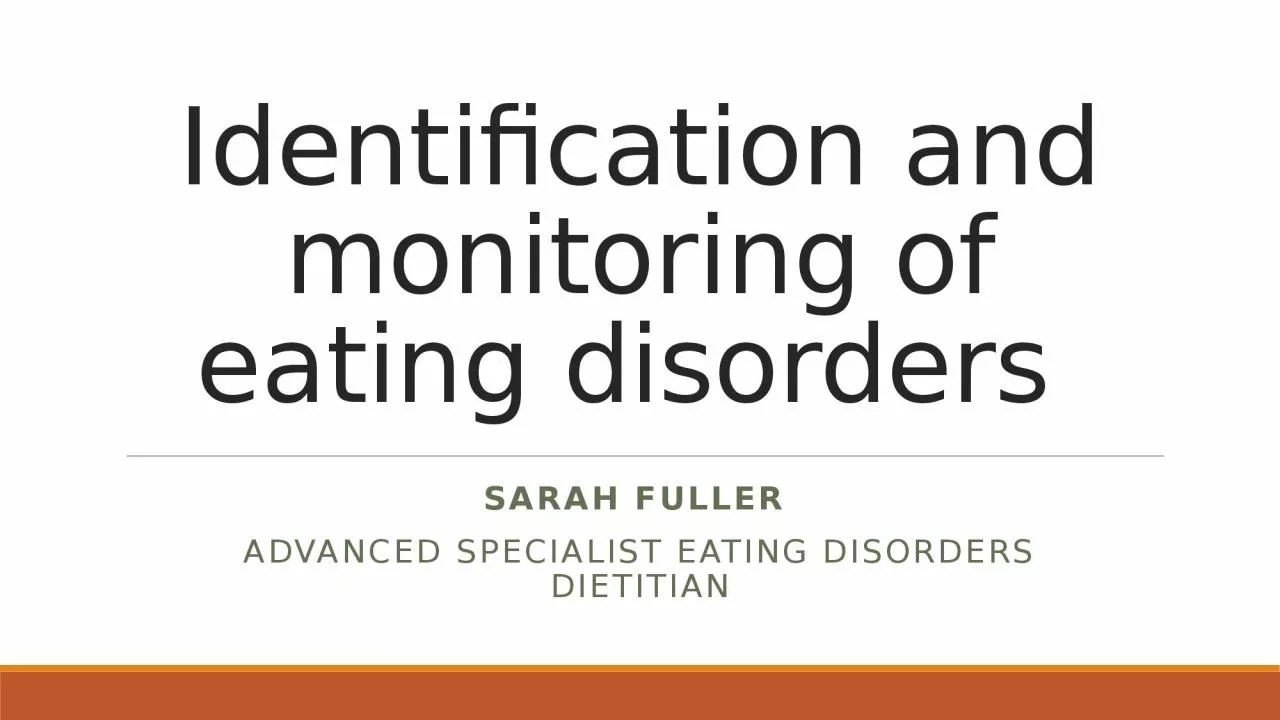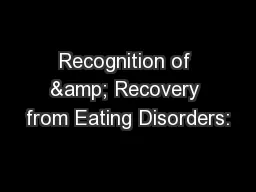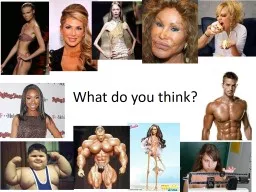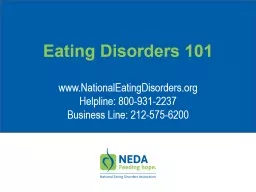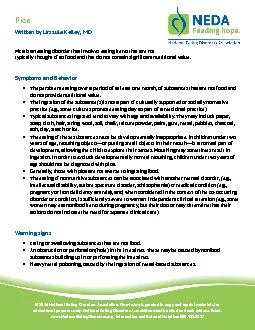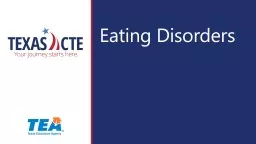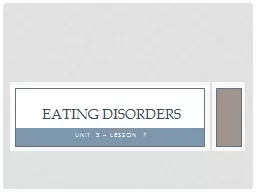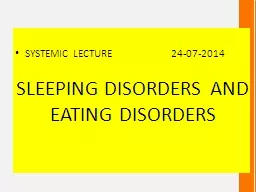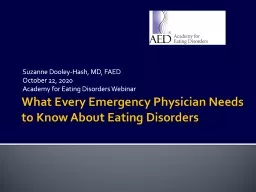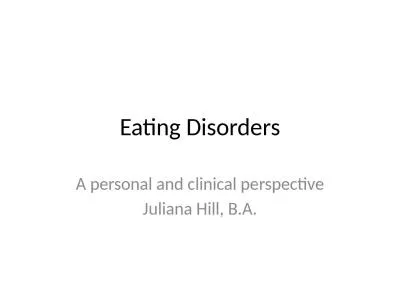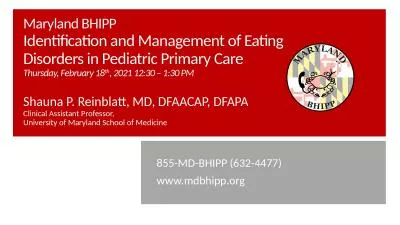PPT-Identification and monitoring of eating disorders
Author : grace3 | Published Date : 2022-06-08
Sarah Fuller Advanced Specialist Eating Disorders Dietitian What we aim to cover Myth busting Incidence of EDs Symptoms of EDs Different types of EDs Greater
Presentation Embed Code
Download Presentation
Download Presentation The PPT/PDF document "Identification and monitoring of eating ..." is the property of its rightful owner. Permission is granted to download and print the materials on this website for personal, non-commercial use only, and to display it on your personal computer provided you do not modify the materials and that you retain all copyright notices contained in the materials. By downloading content from our website, you accept the terms of this agreement.
Identification and monitoring of eating disorders: Transcript
Download Rules Of Document
"Identification and monitoring of eating disorders"The content belongs to its owner. You may download and print it for personal use, without modification, and keep all copyright notices. By downloading, you agree to these terms.
Related Documents

